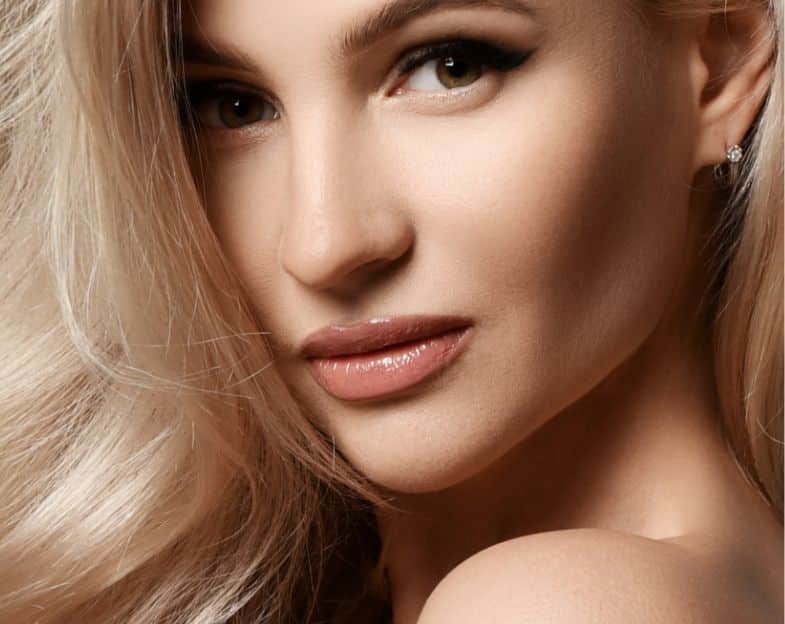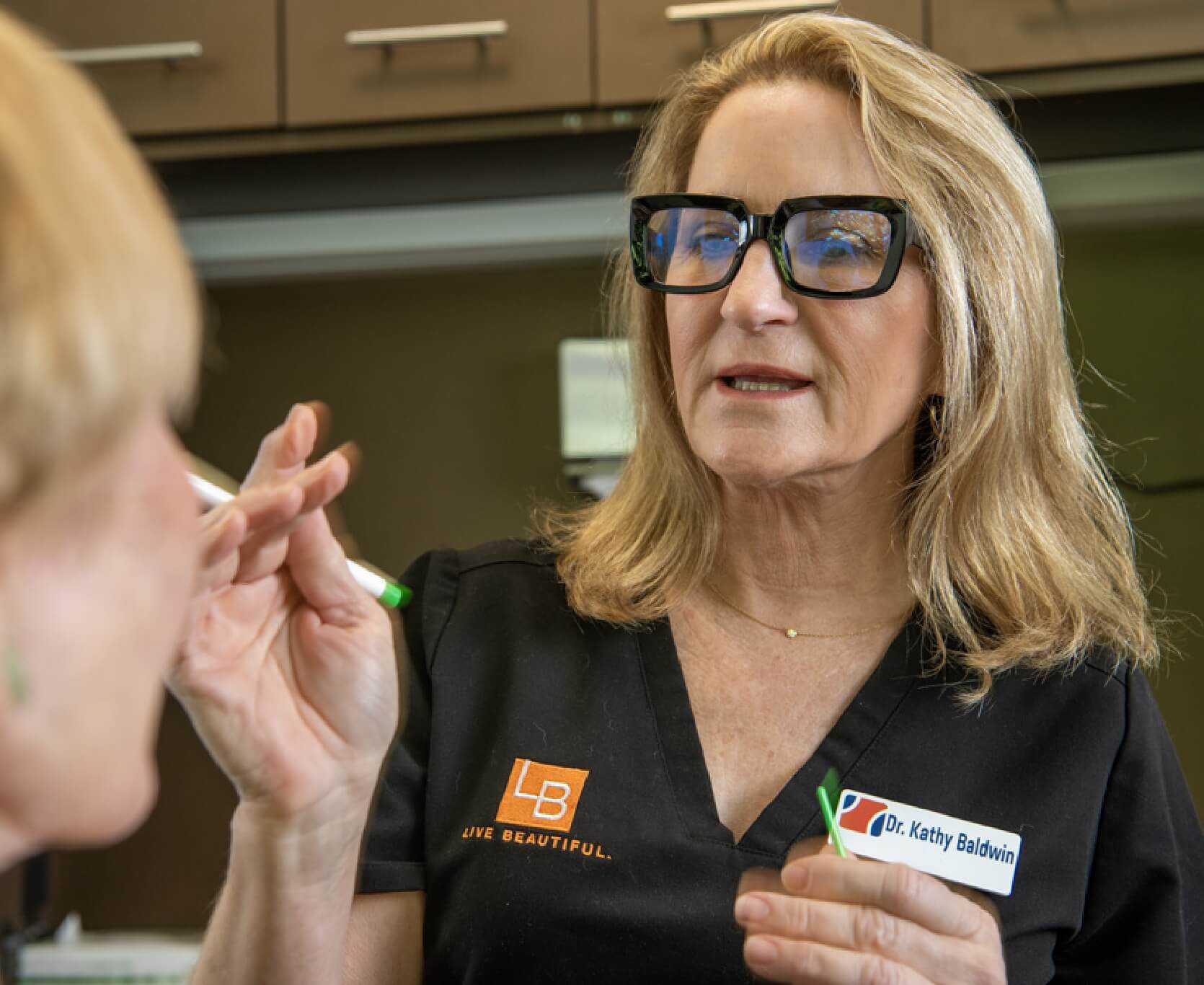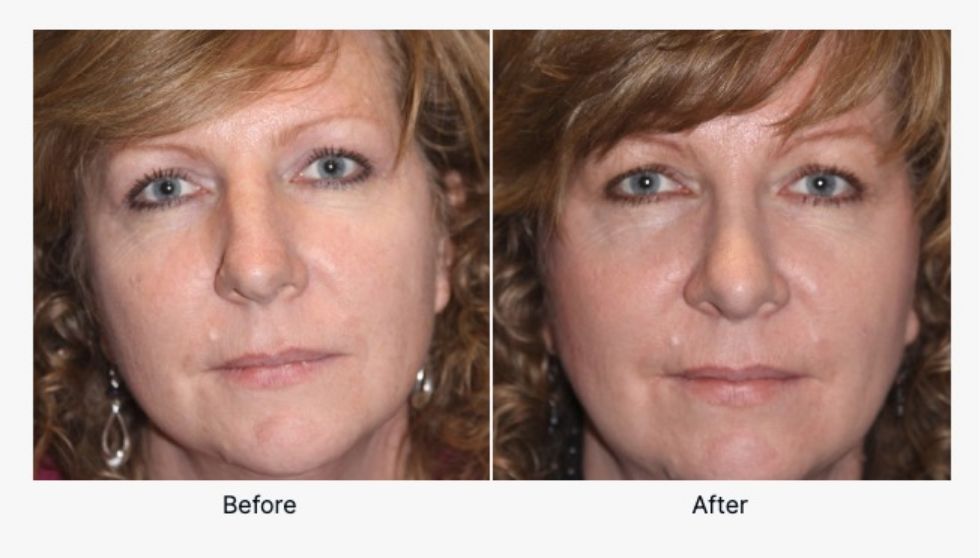Before Your Nose Surgery
The first and most important step toward ensuring your ideal nose shape is scheduling a consultation with Dr. Daniel. This is the perfect time to discuss your goals for nose surgery, ask any questions you may have, and learn about Dr. Daniel’s recommendations for the best approach.
 Model
Model
Please feel free to use the following supplemental information to learn about the benefits of nose surgery and other facial procedures:
Contact Us
We Would Love To Hear From You







